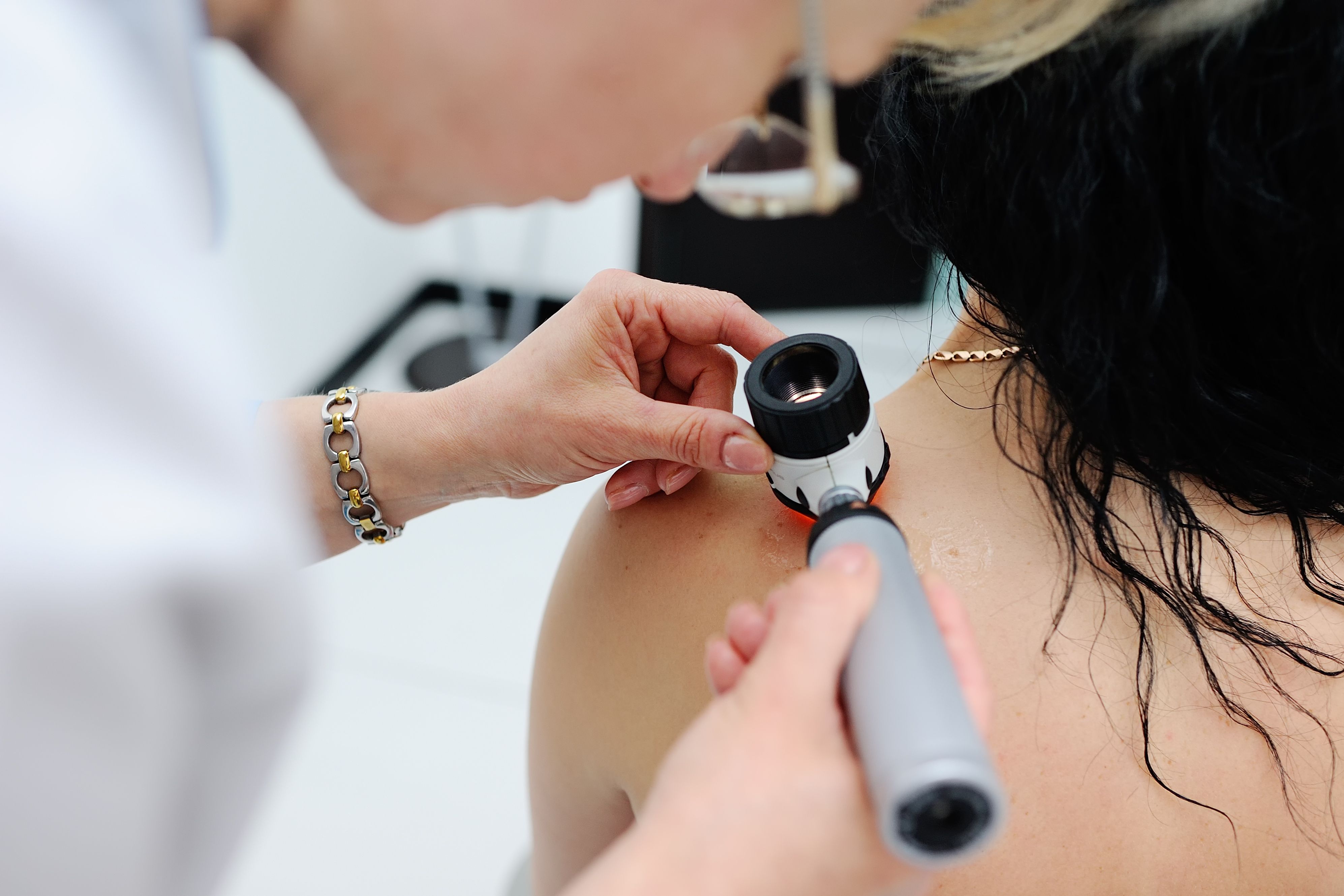- Acne
- Actinic Keratosis
- Aesthetics
- Alopecia
- Atopic Dermatitis
- Buy-and-Bill
- COVID-19
- Case-Based Roundtable
- Chronic Hand Eczema
- Chronic Spontaneous Urticaria
- Drug Watch
- Eczema
- General Dermatology
- Hidradenitis Suppurativa
- Melasma
- NP and PA
- Pediatric Dermatology
- Pigmentary Disorders
- Practice Management
- Precision Medicine and Biologics
- Prurigo Nodularis
- Psoriasis
- Psoriatic Arthritis
- Rare Disease
- Rosacea
- Skin Cancer
- Vitiligo
- Wound Care
News
Article
Test Your Knowledge: Oncodermatology
Author(s):
Earlier this summer, Meghan Heberton, MD, emphasized the importance and growth of the subspecialty.
Oncodermatology has grown rapidly, with dedicated programs now established in numerous institutions across the US since Northwestern’s inception in 2006.1 As this subspecialty continues to expand, dermatology clinicians play a crucial role in improving the overall experience and outcomes for patients with cancer. “Cutaneous adverse events from immunotherapy are one of the primary side effects seen from those therapies. Our ability as a specialty to correctly diagnose what's going on with those patients, triage them, and then sometimes intervene so that patients can stay on life saving cancer therapy is absolutely critical to the interdisciplinary team that's taking care of those patients,” Meghan Heberton, MD, assistant professor of dermatology at University of Texas Southwestern Medical Center, told Dermatology Times in an exclusive interview at the 2024 Annual Society of Dermatology Physician Assistants Annual Summer Dermatology Conference in San Diego, California.2
This quiz will test your knowledge of common skin toxicities associated with various cancer treatments, risk factors for different types of skin cancer, cancer types and stages, and patient assessment tools for quality of life and adverse events.
What is the most common histological subtype of cutaneous melanoma?
Do you have oncodermatology pearls, cases, or experiences to share with Dermatology Times readers? Email DTEditor@mmhgroup.com
References
- Bang AS, Anadkat MJ, Choi JN, et al. Oncodermatology: advancing the science and care of cancer patients and survivors. Am J Clin Dermatol. 2022;23(4):587-589. doi:10.1007/s40257-022-00705-z
- Heberton M, Duerr H. Oncodermatology: an emerging field. Dermatology Times. June 10, 2024. Accessed August 26, 2024. https://www.dermatologytimes.com/view/oncodermatology-an-emerging-field
- El Sharouni MA, van Diest PJ, Witkamp AJ, Sigurdsson V, van Gils CH. Subtyping cutaneous melanoma matters. JNCI Cancer Spectr. 2020;4(6):pkaa097. Published 2020 Oct 23. doi:10.1093/jncics/pkaa097
- McDaniel B, Badri T, Steele RB. Basal Cell Carcinoma. [Updated 2024 Mar 13]. In: StatPearls [Internet]. Treasure Island (FL): StatPearls Publishing; 2024 Jan-. Available from: https://www.ncbi.nlm.nih.gov/books/NBK482439/
- Johnson DE, Burtness B, Leemans CR, et al. Head and neck squamous cell carcinoma [published correction appears in Nat Rev Dis Primers. 2023 Jan 19;9(1):4. doi: 10.1038/s41572-023-00418-5]. Nat Rev Dis Primers. 2020;6(1):92. Published 2020 Nov 26. doi:10.1038/s41572-020-00224-3
- Brady M, Spiker AM. Merkel cell carcinoma of the skin. [Updated 2023 Jul 17]. In: StatPearls [Internet]. Treasure Island (FL): StatPearls Publishing; 2024 Jan-. Available from: https://www.ncbi.nlm.nih.gov/books/NBK482329/
- Heistein JB, Acharya U, Mukkamalla SKR. Malignant melanoma. [Updated 2024 Feb 17]. In: StatPearls [Internet]. Treasure Island (FL): StatPearls Publishing; 2024 Jan-. Available from: https://www.ncbi.nlm.nih.gov/books/NBK470409/
Newsletter
Like what you’re reading? Subscribe to Dermatology Times for weekly updates on therapies, innovations, and real-world practice tips.














